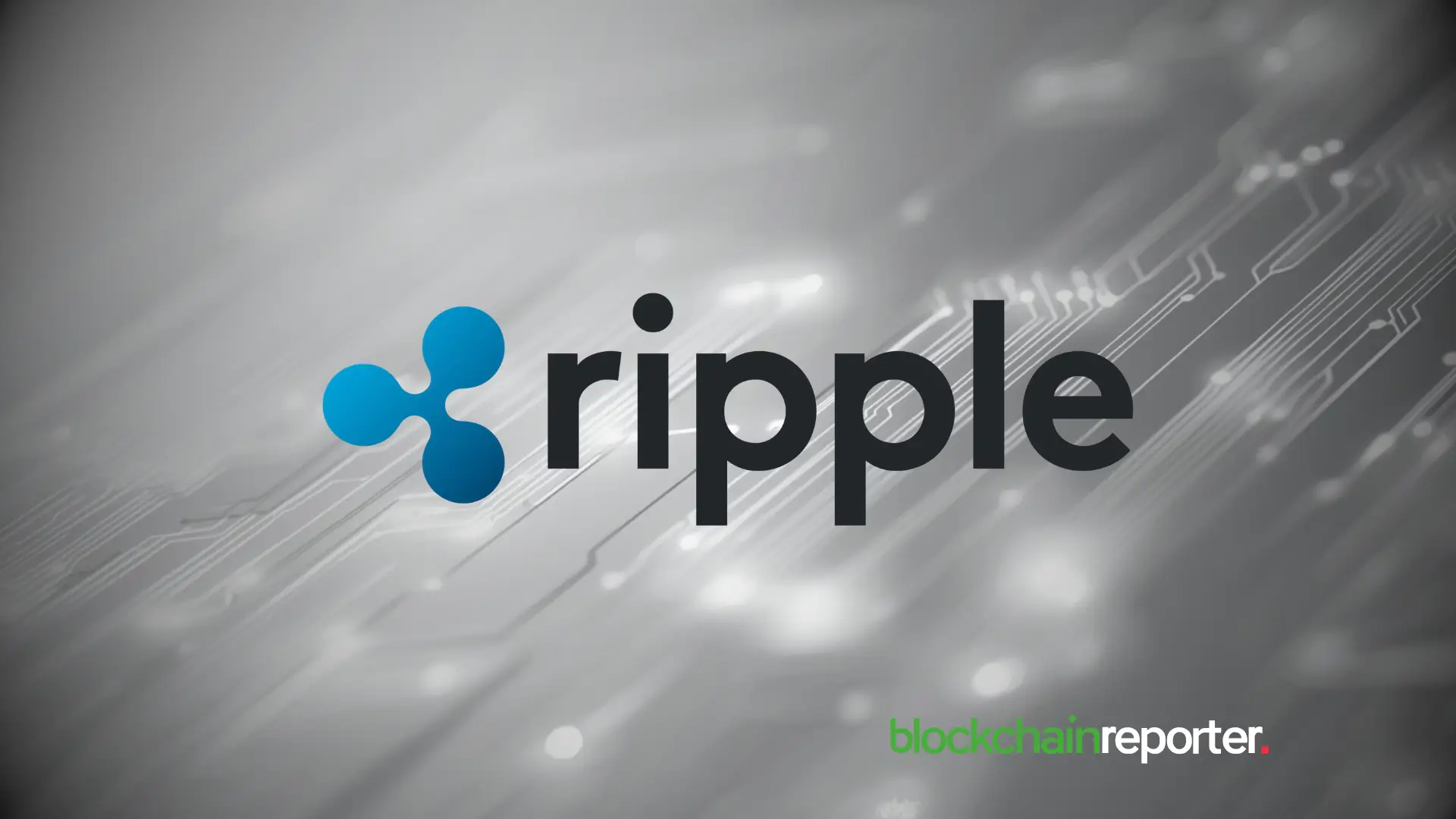
- Senate hearing on July 9 to clarify crypto asset regulations with Ripple CEO testimony.
- Ripple’s XRP faces conflicting regulatory views from SEC, CFTC, and global agencies.
- Legislation aims to define clear rules separating securities from commodities in crypto.
The U.S. Senate Banking Committee has scheduled a hearing on July 9 to discuss proposed legislation aimed at clarifying regulatory definitions in the crypto market. Ripple CEO Brad Garlinghouse is set to appear as a witness alongside other major industry figures. The hearing follows the introduction of legislation by four Republican senators intended to define which digital assets qualify as securities or commodities, a long-standing issue causing regulatory uncertainty.
The hearing will examine the Market Structure legislation introduced by Senators Tim Scott, Cynthia Lummis, Bill Hagerty, and Thom Tillis. The bill seeks to establish clear guidelines for classifying crypto tokens, differentiating between those regulated by the Securities and Exchange Commission (SEC) as securities and those overseen by the Commodity Futures Trading Commission (CFTC) as commodities. The committee will hear testimony from Garlinghouse and other witnesses, including Summer Mersinger of the Blockchain Association, Jonathan Levin of Chainalysis, and Dan Robinson of Paradigm.
Ripple’s Regulatory History Cited in Hearing Context
Garlinghouse’s participation confirms Ripple’s central role in ongoing regulatory debates. Attorney John Deaton outlined Ripple’s interactions with U.S. regulators dating back to 2013, noting efforts by Ripple and its executives to clarify XRP’s status. Deaton highlighted meetings between Ripple Chairman Chris Larsen and agencies such as the Federal Reserve, the SEC, and the Treasury, emphasizing early recognition of XRP’s blockchain technology, the XRP Ledger.
Records show that in 2014, the U.S. Government Accountability Office identified XRP as a virtual currency. Ripple later reached a compliance agreement with the Financial Crimes Enforcement Network (FinCEN) in 2015, following a $700 million penalty related to prior sales. Despite an internal SEC assessment in 2018 that did not recommend enforcement, the SEC filed a lawsuit against Ripple in December 2020, alleging that XRP sales since 2013 were unregistered securities transactions.
Conflicting Regulatory Classifications Highlighted
Additional context includes the 2019 Financial Stability Oversight Council (FSOC) report co-signed by SEC and CFTC leaders, which categorized XRP as a virtual currency. The same year, Coinbase’s decision to list XRP was based on its evaluation that XRP was not a security. Coinbase proceeded without SEC objection and actively promoted XRP’s use for cross-border settlements. MoneyGram’s 2019 SEC filing also disclosed plans to use XRP in payment processing, with no regulatory challenge from the SEC despite secondary market sales.
XRP is still listed in over 200 exchanges globally. Multiple global regulators have classified XRP as a non-security. Nonetheless, the SEC suit is still ongoing, citing the regulatory uncertainty that the Market Structure legislation intends to solve.
Additionally, Garlinghouse’s testimony will likely add direct evidence of these regulatory inconsistencies. It may help lawmakers provide specific information that could be applicable to creating more coherent guidelines for defining digital assets.











